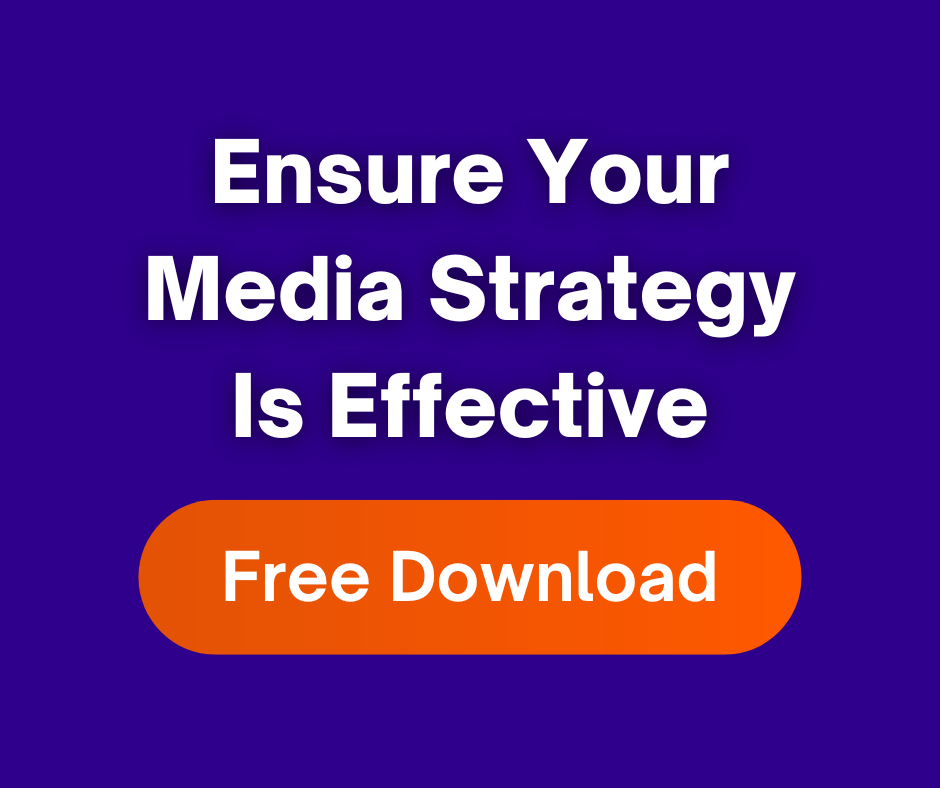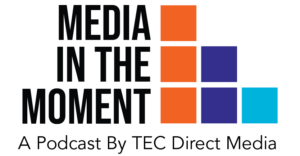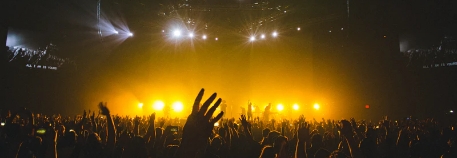Paid social advertising is used widely for driving consumer actions; download an app, stream content, purchase tickets, complete forms or other RFIs. And its importance in the marketer’s toolbox has only risen since the global pandemic began. What’s made a difference?
Consumers Are Spending More Time with Social Media
Consumers are spending more time online — especially on social media. Stay-at-home orders and remote work/school environments due to the COVID-19 pandemic were big drivers. Insider Intelligence estimates the average time spent per day with social networks in 2020 increased 16% over the prior year. This year, monthly US social network users are expected to grow less than half the pace of 2020, but the amount of time adult social network users spend on the platforms will remain higher than before the pandemic.
Paid Social Media Advertising is Still Affordable
There’s no real price barrier with social media advertising. Small tests are usually scalable and can turn into big wins when media purchases are tied to campaign performance. For various reasons throughout 2020, social media was examined for it’s role in connecting users with other like-minded individuals. However, businesses that cut ad spending in the early days of the pandemic largely returned to social media later in the year. The ad boycott in July 2020 may actually have had an unexpected benefit for social networks. It opened up inventory for other advertisers to step in.
E-Commerce Has Become the New Normal
Thanks to coronavirus mitigations, consumers became even more confident they could do nearly all their shopping online. And the ad dollars naturally followed consumers. Social media users turned to these platforms to engage with friends and family and feed their culinary and crafting fantasies. Not surprisingly, the anticipated adoption of social commerce was accelerated.
Entry-Level Consumers are Early Social-Commerce Adopters
By August 2020, more U.S. consumers were shopping online either by using the “buy” button on social media or by clicking a shoppable post or story on a social network. Not surprisingly, the youngest demographic drove this. Generally speaking, younger shoppers are more likely to share news of their purchases on social media and review products online. This helps make them even more valuable to advertisers. 13% of 2020 Black Friday spending occurred via social commerce and nearly half (47%) of U.S. Black Friday shoppers claimed to have purchased via social channels.
Paid Social Advertising Offers Creative Opportunities

User-generated short-video content continues to fill social feeds. There is no doubt video will be at the heart of social media in 2021. As with most media, brands need to think differently when using this marketing channel. They need to carefully consider their creative format and content, media strategy, audience amplification, and of course, conversion.
Social platforms are offering creative video ad solutions. More options are available to advertisers to target audiences in their home feed. You can target the user based on their demographics and interests and within a designated time frame. As with all media, the more you tailor your potential audience pool, the more expensive it gets. But the options are there for those brands that want to speak directly to an audience subset.
Paid Social Measurement Tools Continue to Improve
The ability to measure paid social media campaign performance in real-time gives marketers the ability to adjust targeting strategies or creative elements quickly, resulting in better ROAS. Social platforms are rising to the challenge. Pinterest updated its interactive trends tool, which will now provide more specific insights into engagement behaviors across the platform. They are also working on updating conversion insights.
Social Media Influencers Are Gaining Traction
Brands are also turning to social media influencers to facilitate sales. More than two-thirds of marketers were expected to use influencer marketing in 2021. “Micro-influencers” (those influencers with 1,000 to 50,000 followers) have niche audiences you can speak to with highly relevant content. The number of consumers influenced by social media to shop at a particular store more than doubled between 2019 and 2020. Brands need to have strong involvement with influencers who are curating much of the content available on social media.
Paid Social Advertising
Paid social advertising is an affordable way to reach your desired audience at the right time. You can reach them in very creative ways and have access to real-time insights. Each platform has their own special intricacies but an experienced media buying agency can navigate these and create an effective campaign on your behalf.
As a top independent media agency in Chicago, we’re helping agencies and brands who lack a dedicated in-house buying team. Our 25 years of experience informs our media buying, whether we’re tasked with one form of paid media or we’re working in combination with multiple media formats.
Our media buyers would love to learn about your goals and help you target, excite and connect with your customers. Click below to get started.
Let’s Get Started
Ready to Incorporate Paid Social in Your Media Plan?
Related:
FAQs
What is paid social advertising?
Paid social advertising refers to the practice of promoting content, products, or services on social media platforms through paid advertisements. It allows businesses to target specific audiences and amplify their reach on popular social networks.
Which social media platforms support paid advertising?
Major social media platforms such as Facebook, Instagram, Twitter, LinkedIn, Pinterest, and Snapchat support paid advertising options. Each platform offers unique targeting capabilities and ad formats to suit different marketing objectives.
What are the advantages of paid social advertising?
Paid social advertising offers advantages such as precise audience targeting, increased brand visibility, improved engagement, measurable results, flexibility in budgeting, and the ability to leverage various ad formats (e.g., images, videos, carousels) to convey messages effectively.
How does paid social advertising compare to other advertising methods?
Paid social advertising provides the advantage of targeting specific audiences based on their demographics, interests, and online behavior. It allows for more precise targeting compared to traditional advertising methods, and the performance of campaigns can be tracked in real-time.
Can paid social advertising help in generating leads and driving conversions?
Yes, paid social advertising can be effective in generating leads and driving conversions. By reaching a targeted audience and using compelling ad creative, businesses can encourage users to take desired actions such as filling out forms, making purchases, or downloading apps.
Is paid social advertising affordable for businesses with smaller budgets?
Paid social advertising can be tailored to fit various budget sizes. Social media platforms offer flexible budgeting options, allowing businesses to set daily or campaign-level spending limits. This makes it accessible for businesses with smaller budgets to engage in paid social advertising.
What metrics can be tracked with paid social advertising?
With paid social advertising, businesses can track metrics such as impressions, clicks, click-through rates (CTRs), conversions, engagement (likes, comments, shares), cost per acquisition (CPA), and return on ad spend (ROAS). These insights help businesses measure the effectiveness of their campaigns.
How can businesses optimize their paid social advertising campaigns?
Businesses can optimize their paid social advertising campaigns by regularly analyzing performance metrics, testing different ad variations, refining audience targeting, experimenting with ad formats, and adapting strategies based on the insights gained. Continuous optimization helps improve campaign effectiveness and ROI.




